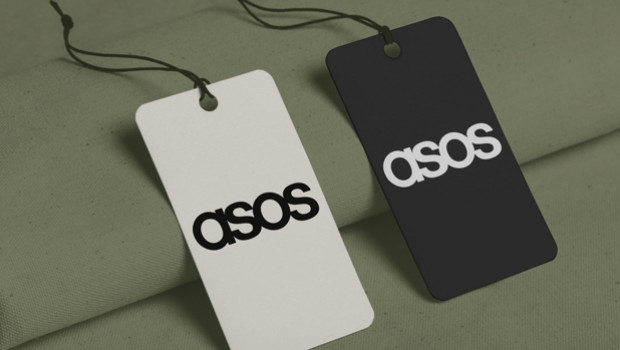ASOS warns of H1 loss, to write off stock & reorganise business

Online fashion retailer ASOS said it would post a first-half loss driven by price reductions, write off up to £130m in stock and launch a review of its business model after finishing its fiscal year in the red.
ASOS
432.00p
12:50 24/12/24
FTSE 250
20,571.51
13:00 24/12/24
FTSE 350
4,491.87
12:54 24/12/24
FTSE All-Share
4,449.61
13:14 24/12/24
General Retailers
4,640.03
12:54 24/12/24
ASOS posted a pre-tax loss of £32m from a profit of £177m and said trading at the start of the new fiscal year had been volatile. On an adjusted basis profits fell to £22m in the 12 months to August 31 2022, in line with recently lowered guidance and down from £193.6m last year when consumers turned to online purchases during Covid pandemic lockdowns.
The company on Wednesday said it was writing off up to £130m in excess stock after building inventory to cope with supply chain constraints. Customer returns have also increased as consumers feel the impact of soaring inflation, which on Wednesday hit an annual rate of 10.1%.
It guided for a loss in the first half driven by “elevated” markdown to clear stock resulting from the change in commercial model, but expected a fall in freight rates and cost mitigations to mostly benefit the second half.
New chief executive José Antonio Ramos Calamonte said there was a “significant need to improve the way we operate to unlock the opportunity of our global reach”.
“In recent years, the quest for growth has resulted in ASOS becoming excessively capital intensive, too complex and overstretched globally, which has resulted in a lack of meaningful growth and scale in its key international markets of the US, France and Germany.”
The company said it had agreed a £650m banking facility to give it “financial flexibility” and outlined plans to cut costs and improve stock management. It is also considering selling via other websites in overseas markets or sharing warehouse space with others.
Sales for the full year were flat at £3.94bn. Revenue in the UK was up 7%, the US 10% and 2% in Europe but sank 9% in other markets.
Shares in the business surged in early trade after a plunge on Monday after it confirmed it was in talks with lenders over changing the terms of a £350m borrowing facility.
“The problem for ASOS is the current crisis has revealed flaws in its business model, including some thin operating margins," said AJ Bell investment director Russ Mould.
“The online retail sector didn’t have to worry as much about the costly exercise of returns during the pandemic as people were reluctant to head to a busy post office to send a parcel back. At the same time, many weren’t watching the pennies as they are now and were perhaps happy to stick with a jumper that didn’t fit quite right."
“That’s no longer the case and the outlook for sales is weak. Crucially, recently appointed CEO José Antonio Ramos Calamonte has demonstrated he is taking the challenges in front of the company seriously."
“Some of the things he is looking at, like stock management, are basics of the retail industry and really things ASOS should have already had under control. Costs are being cut and ASOS may have to follow the lead of other retailers and start charging for returns."
“ASOS’s current predicament is only adding to longer-term concerns about the whole fast fashion model and whether, in an age when the focus is on sustainability and where sourcing cheap materials and labour is a much bigger challenge, it has as solid a future as previously thought.”
Reporting by Frank Prenesti for Sharecast.com